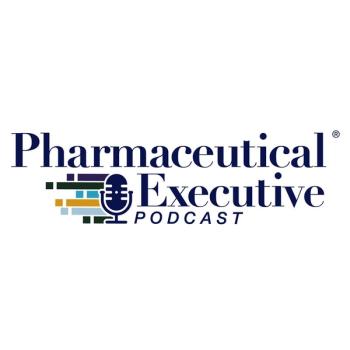
A look at the renewed efforts of biopharma companies in exploring age-old substances to treat mental health conditions and more, minus the negative effects.

A look at the renewed efforts of biopharma companies in exploring age-old substances to treat mental health conditions and more, minus the negative effects.

In this installment of the Harvard Business School Healthcare Alumni Association (HBSHAA) Q&A series, Michael Wong talks to Robert E. Siegel, lecturer in management at the Stanford Graduate School of Business, about determining the optimal combination of digital and physical assets for an S&P 500’s growth playbook.

Licensing deals, strategy, and COVID among factors to consider for companies entering Chinese pharma M&A.

Terrera’s Chief Human Resources Officer shines a light on how to stay ahead of recruitment efforts and how to cultivate a corporate culture that can attract and maintain key talent.

Joseph A. DiAngelo, EdD, dean of the Erivan K. Haub School of Business at Saint Joseph’s University (SJU), discusses how the school’s programs reinforce real-world lessons and prepare younger generations to deal with a career environment in flux.

New technology serves as reminder for the appropriate uses of CRISPR.

Our milestone 100th episode includes Lisa Henderson, group editorial director; Julian Upton, European and online editor; Fran Pollaro, senior editor; and Andy Studna, associate editor, discussing industry trends in areas such as Chinese biotech, corporate branding, psychedelic medicines, and market access barriers.

Significant challenges still lie ahead, but several specialists and a plethora of new technologies are well positioned to gather and analyze the evidence needed for diagnosing and treating rare diseases, writes Catherine Tak Piech.

Addressing the increased use of technology in safety compliance processes and greater patient involvement.

Industry experts convene for discussion on new quality management systems.

Government-led programs aim to attract scientists and offer resources to growing industry.

Pharma moves beyond promoting products to increase recognition of company names.

Employer-sponsored health plans create an increasingly cloudy path to access.

Standard for reaching patients shifts with influx of new technology in post-COVID world.

Pandemic lockdowns push pharma into brand-new era of social engagement.

Oncology and rare disease are ready to reap the benefits of COVID drug development.

Growing evidence supports psychoactive substances can successfully treat mental issues.

As borders shut down during the pandemic, pharma learned some lessons about sourcing.

Supply chain issues, psychedelic medicines, immunotherapies, social engagement, telemedicine, access barriers, corporate branding, and the rise of Chinese biotech are industry topics that deserve a closer look as we head into the future.

Ahead of the release of EY’s annual M&A Firepower report this week, Pharm Exec talks to EY’s Arda Ural to review biopharma M&A activity in 2021 and to discuss the likely deal drivers of 2022.

As big tech’s healthcare disruption efforts flag, biopharma can step up to empower patients and improve care, writes Rohit Gupta.

Patient protection and social influence among trends to look out for as calendar turns.

Christopher J. Calhoun pulls back the curtain on the mysterious biotech funding process.

On December 22, 2021, FDA authorized emergency use of Pfizer’s oral antiviral drug Paxlovid on December 22, 2021, skipping the advisory committee review to make the drug available as quickly as possible. The following day, FDA provided similar authorization for Merck’s Molnupiravir.

Practices to ensure accuracy in selected datasets.